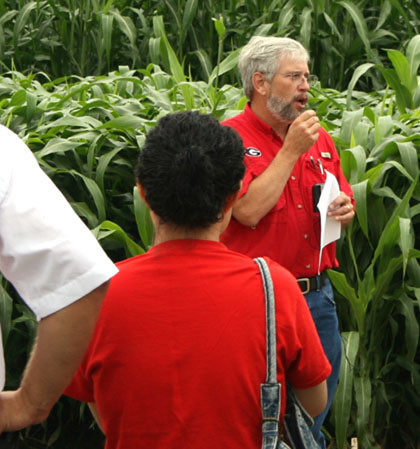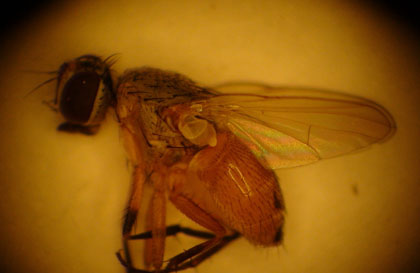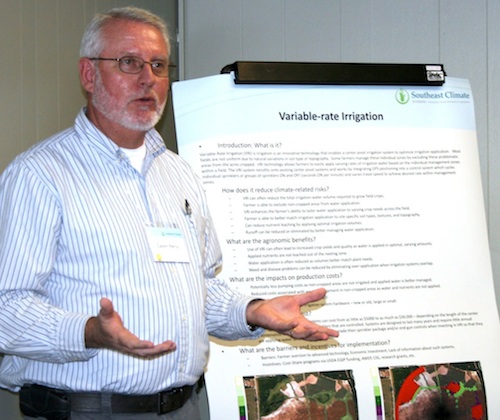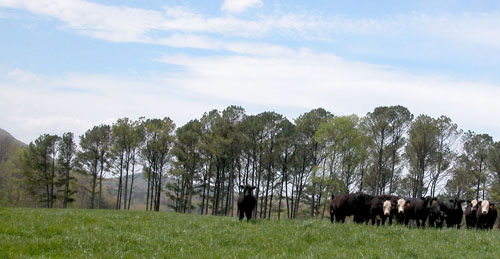 CAES News
CAES News
Toxic Forage
When the first frost hits, beef producers should be concerned for grazing cattle if the field contains johnsongrass. Cattle may suffer from prussic acid poisoning caused by this grass.

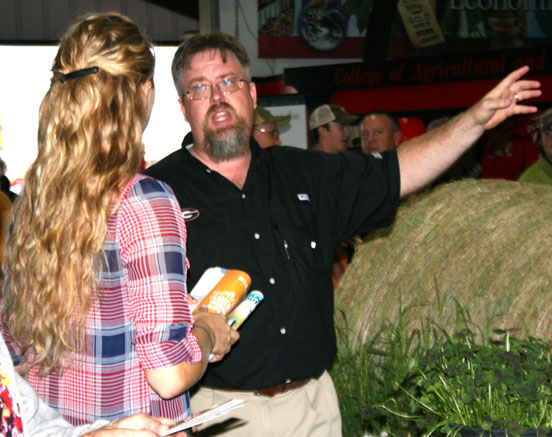
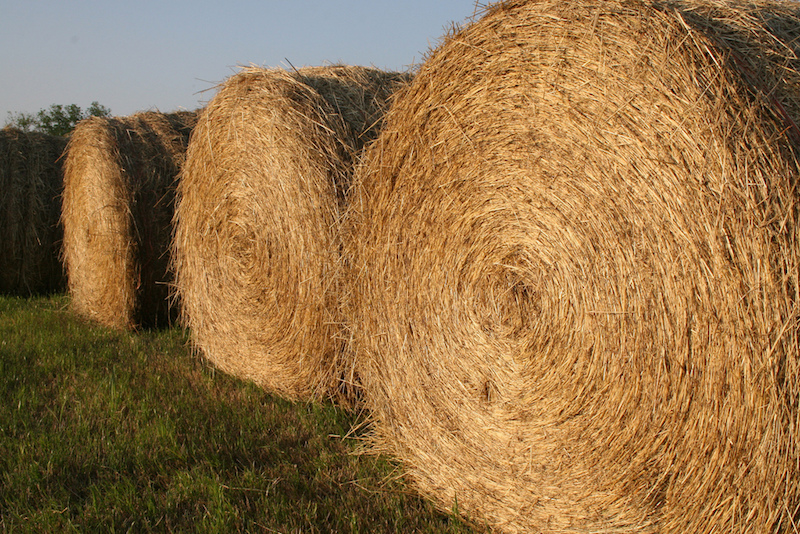
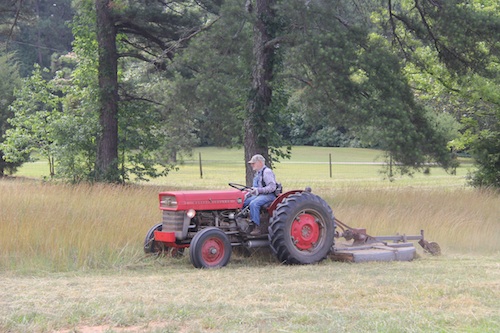
.jpg)
